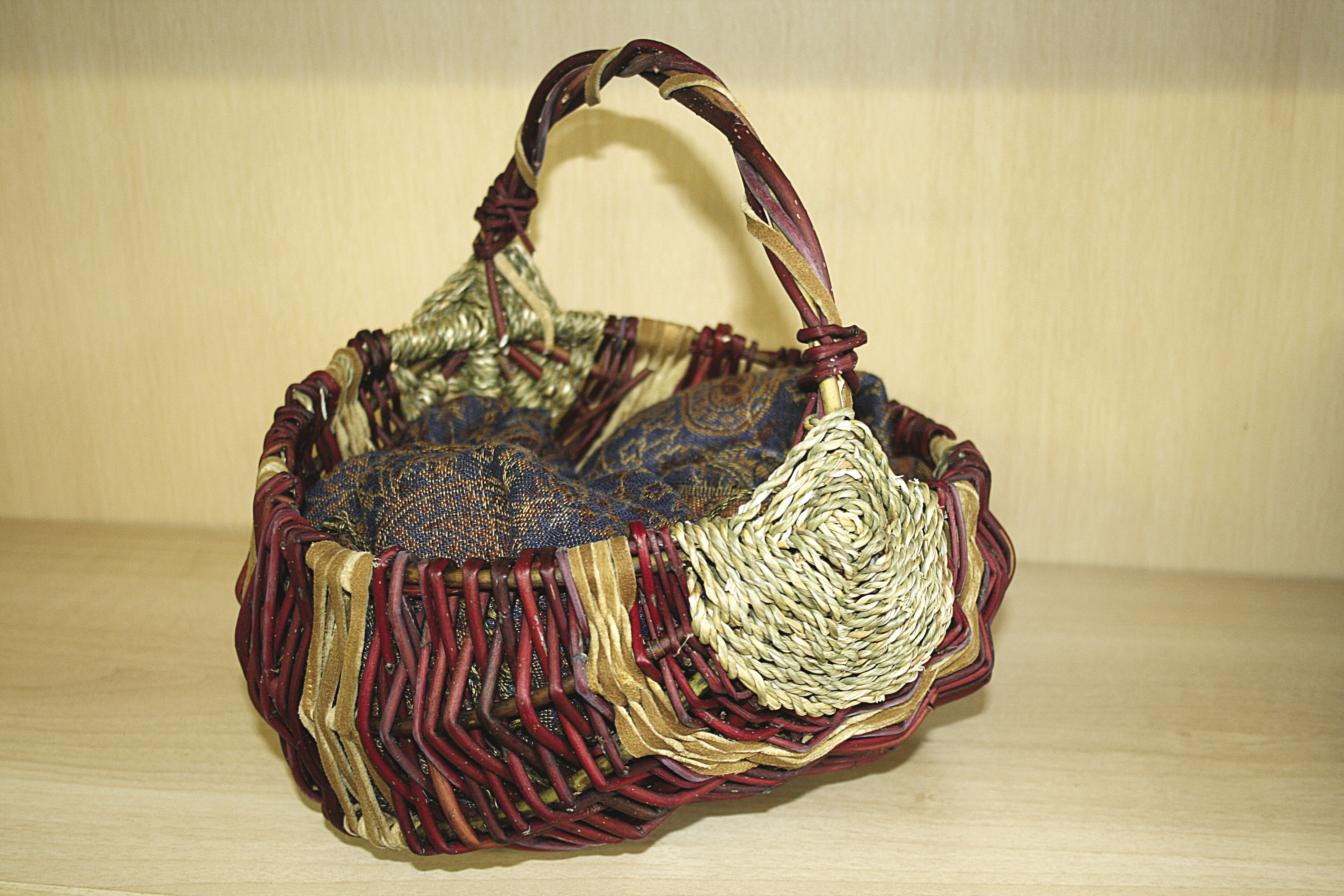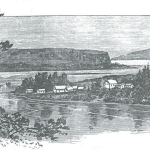From the delicately woven fibers of a bird’s nest to the intricate spinning of a caterpillar’s cocoon, the natural world inspires human design.
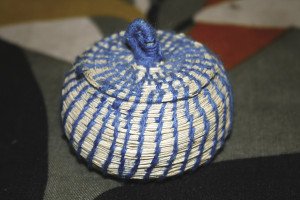
Baskets were one of the first vessels used by cultures around the world. Depending on the region, available resources and needs, they take different shapes and forms, each unique to a culture or people’s artistic embellishment. No one human group can be credited for their invention, but baskets and containers were valuable items born out of necessity and universally used to gather, carry and store essentials.
Most baskets are constructed using three basic techniques: the stitched method of coiling and the plaiting and twining methods of weaving.
Pine needles, for example, can be coiled and stitched into tight, compact layers. Some needles measure more than a foot in length, like those of the longleaf pine tree that is native to the southeastern U.S.
The flat leaves of cattail and long strips of cedar bark can be folded or plaited—a technique that is also used for making mats. Spruce roots can be tightly woven to make waterproof hats, mastered by First Nations craftspeople living in the Pacific Northwest.
Europeans first introduced the rib or melon basket to Native Americans living along the eastern seaboard, according to Sarah and William Turnbaugh, authors of the book “Indian Baskets.” This form was adopted by many other groups, including the Cherokee of today’s southeastern U.S. and the Iroquois and Algonquians of the northeast.
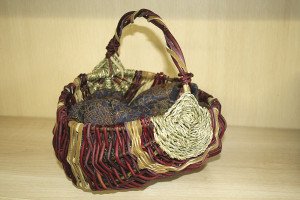
Pictured here, this melon basket is primarily made from two types of material: the strong, grassy leaves of ornamental Siberian Iris and the straight, flexible branches of the red-osier dogwood shrub. A valuable edible for moose, white-tailed deer, beaver, grouse, wood ducks and small mammals, its showy, ever-burgundy bark is preferred among basket weavers.
The iris leaves can be cut in the fall before they wither and die. Once dry, they can be stored for months and revitalized with a little misting or soaking. The leaves are twisted into long strings of cordage, securing the hoops that form the axis of the rim and handle. The diamond-shaped “God’s Eye” pattern also stabilizes the ribs and supports the frame.
Hoops and ribs can be gathered several weeks before weaving; the branches are coiled or bent, then bound with yarn to dry slowly and hold shape. Finally, fresh dogwood branches are gingerly woven around the frame to make the walls.
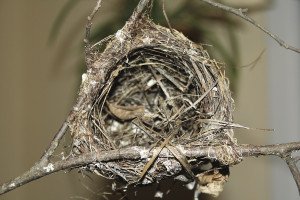
Like many tools of survival, the craftsmanship of basketry marries function with art and reflects incredible patience. Each container, no matter the size, can take hours to complete—often days. The painstaking intricacy of most baskets cannot be replicated by machine, so it is truly a marvel of our age to witness global commerce at work here. Today, an imported handmade basket can be exchanged for a handful of small bills.
When browsing baskets (or anything handmade), consider the time and effort it took not only to make the product, but to gather and prepare materials. If they are on hand, most craftspeople are happy to answer questions. This direct connection between artisan and consumer is a valuable element, often absent from the modern shopping experience—and one that may leave you more informed, educated and inspired by tradition.


